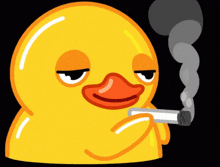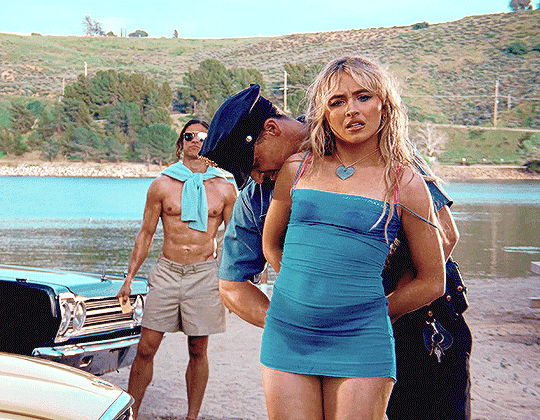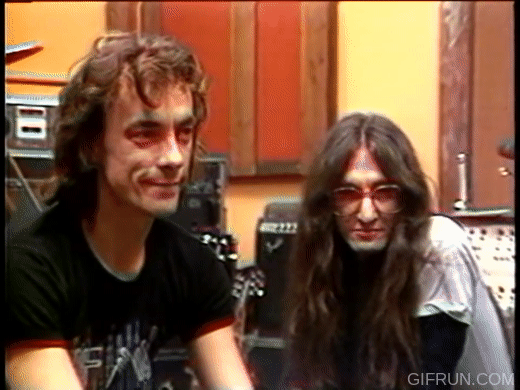In addition to their early association with Satan, cats also became inextricably linked to*witches*in medieval Europe. According to*Cerridwen Fallingstar, Wiccan priestess and author of*Broth from the Cauldron: A Wisdom Journey through Everyday Magic,*witches were the pre-Christian pagan practitioners of Europe.
Although the early Christian church in Europe coexisted with witches, as the church gained power, she says that they saw witches as their direct competition in gaining the hearts and minds of the people. That's when the church began hunting, persecuting, torturing and killing witches in vast numbers, she explains.
"Witches honored the natural world, having deep respect for plants and animals," says Fallingstar. "Affection between human and animal therefore began to be seen as 'diabolical', or devilish, and the old lady with her cats became seen as suspect."
But it wasn't only the connection they fabricated between witches, cats, and the devil that the early Christians feared: they also saw them both as threats. "Cats, like the women accused of witchcraft, tend to exhibit a healthy disrespect of authority," she notes. "They don't fawn, like dogs, upon even the unworthy. In the church, neither independent women, nor independent animals, were to be tolerated."



 Reply With Quote
Reply With Quote









